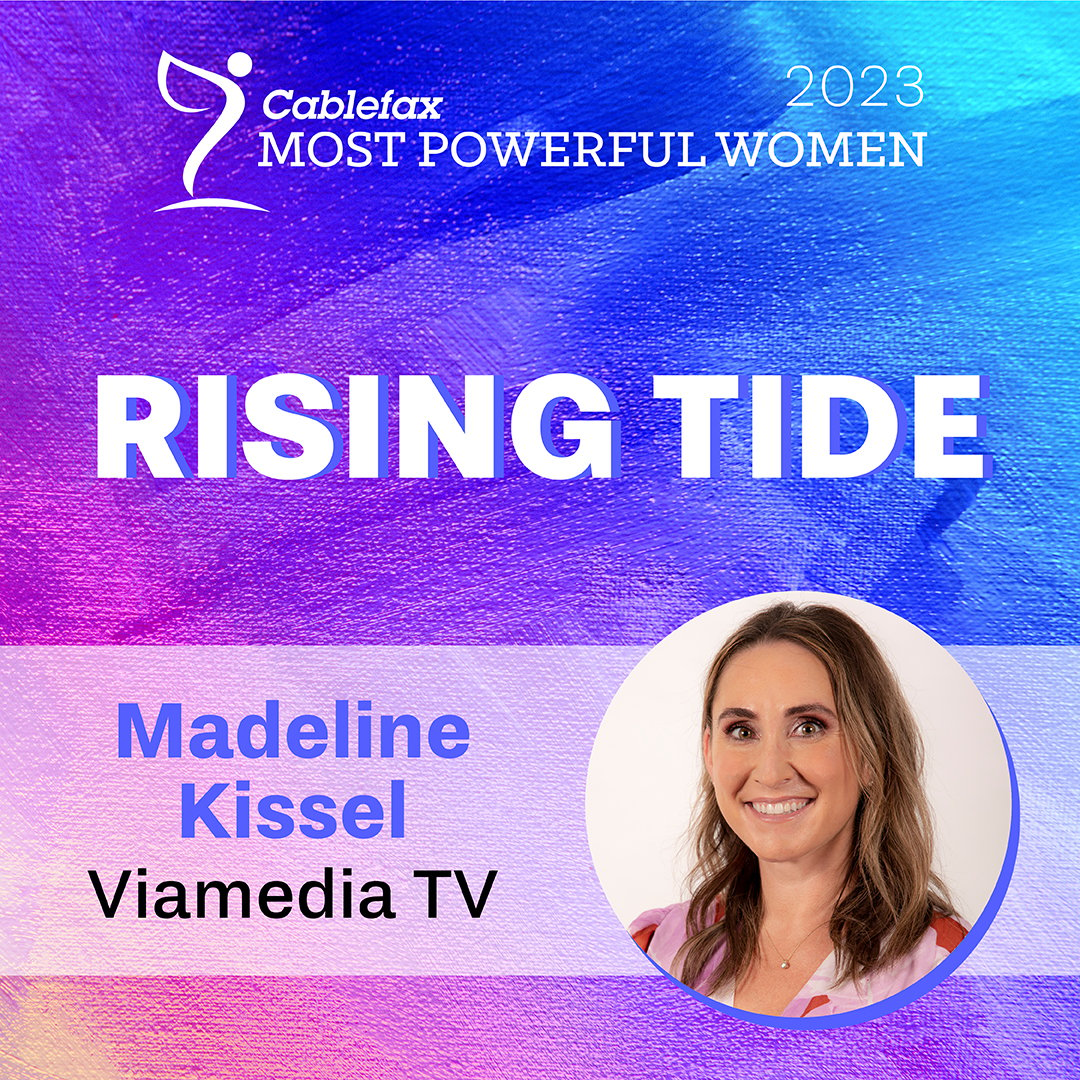-
Published in Multichannel News, April 6, 2020
Cord-cutting doesn’t have to shrink TV’s slice of the ad pie.

The TV industry is going through a renaissance, providing consumers with a huge number of programming choices all powered by a revenue mix of advertising and subscription fees. However, with cord-cutting accelerating (though perhaps less quickly because of the coronavirus), some have said that TV advertising will suffer. If so, where will the money come from?
To my television industry colleagues: The reckoning is here.
First, some stats.
Even before the coronavirus impact on 2020 ad spend became increasingly apparent, eMarketer’s most recent U.S. advertising forecast noted that TV ad spending peaked in 2018 at $72.4 billion. Not surprising, since that was an election year.
Less encouraging was eMarketer’s forecast — again, offered in mid-February — that U.S. TV ad spending would drop in 2023 to $68.9 billion. That’s a level last witnessed in 2015.
Perhaps equally troubling, eMarketer projected TV’s share of total U.S. media ad spending to dip to 22.8% in 2023, vs. 39.2% in 2014. Digital already garners the largest slice of the overall ad pie — and it’s growing.
How about subscription revenue as a growth alternative to make up for the shortfall?
There’s a wrinkle there too: eMarketer projected pay TV households to drop 16% from 86.5 million in 2019 to 72.7 million in 2023 — reducing pay TV penetration from 68.3% in 2019 to 56.5% in 2023. And patterns suggest steep price hikes merely hasten cord-cutting.
SVOD Growth Limits
As for the prospects of OTT and multichannel video programming distributors’ vMVPD extensions to pick up the TV-subscription slack: The average SVOD household will pay for 3.3 SVOD platforms by 2025 vs. 2.3 at yearend 2019, according to the firm Digital TV Research. In other words, the average SVOD home would be adding all of one subscription between 2019 and 2025. How many beyond legacy SVOD leaders like Netflix, Hulu, Amazon Prime Video, Disney+, Peacock and CBS All Access will prevail?
In other words, what is the television industry’s best avenue? Advertising ARPU.
MVPDs that have achieved growth in average revenue per unit (ARPU) — excluding ad revenue — lately have accomplished this via price hikes and reductions in promotional offers. How successfully can this strategy work over the longer term as program costs rise and consumers seek alternatives?
In this environment, the ad revenue component arguably becomes all the more crucial.
Share shift (or slice shift) from TV to digital advertising jibes with the narrative that digital delivers stronger metrics. That does not have to be the narrative longer-term.
Indeed, 49% of participating video viewers — and, importantly, 69% of younger viewers — in a recent Valassis study said ads on streaming TV “are more relevant” to them than traditional TV ads. And 52% of all participants said they were more inclined to purchase a product or service seen on streaming TV. This helps crystallize two likelihoods: that data-supported, targeted advertising vehicles more accurately connect marketers with receptive audiences; and that younger video consumers have come to accept, even expect, targeting.
Will COVID-19 accelerate addressable advertising? Not in the immediate future. However, this crisis will convince many advertisers that the sight, sound and emotion of TV combined with the power of data and targeting are critical to reaching their desired audiences. Equally important, addressable advertising will increase the needed ad revenues for the TV industry ecosystem.
Cable TV inventory providers have been working on targeting for years of course, while television broadcasters are, sensibly, transitioning to impressions-based selling in order to access the programmatic marketplace.
Targeting Is Key
The good news is that marketers are embracing various forms of targeted, or “advanced” TV advertising.
A recent Advertiser Perceptions survey of marketers and agencies conducted for FreeWheel found that addressable TV was bought by 57% of respondents; 66% have bought advertising on OTT or connected TV, 57% on full-episode players, 56% on audience-based linear, 33% on vMVPDs and 33% on set-top box VOD.
The days of gross ratings points are waning, making way for more tangible metrics like impressions — but ultimately also for those that resonate with the CEOs and CFOs, such as ROI and ROAS (return on advertising spend).
Once we’re all back at full capacity following the coronavirus crisis (hopefully soon), consider this call to action: If you’re in the linear TV business, dive into the programmatic marketplace. The win-win is a larger — and growing — pool for your inventory, while legacy programmatic participants get access to your premium curated content. And get serious about linear TV advertising.
Members of the TV ecosystem can arrest, even reverse, the trends posited by eMarketer. In other words, the TV ad slice of the pie does not have to shrink.






